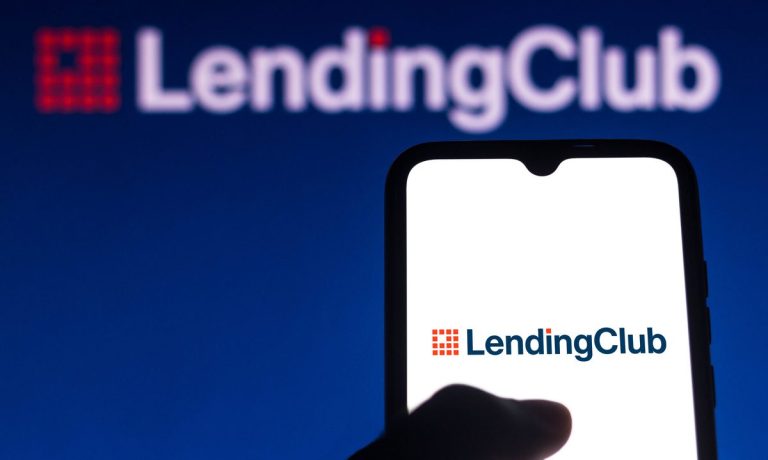
In further evidence of its journey to become a direct-to-consumer digital bank, LendingClub’s latest results showed significant growth in deposits, in loan originations, and in activity across its core marketplace.
The company, of course, closed its acquisition of Radius Bancorp last year.
And back then, in an interview with Karen Webster, Anuj Nayar, vice president and U.S. financial health officer at LendingClub, said the combination of LendingClub/Radius would create the U.S.’s first publicly traded neobank.
Read also: LendingClub Gets OK To Acquire Radius Bancorp
Having a regulated bank operation, of course, broadens LendingClub’s portfolio (literally), and those efforts continued to bear fruit in the most recent quarter, particularly in what we might term more traditional banking products and services (though with a decidedly digital twist).
Per supplemental materials that accompanied earnings, LendingClub said that it had passed the 4 million member mark. New loan originations came in at $3.2 billion (up 5% from the most recent quarter). Deposits, the company said, soared by 68% to $4 billion.
Drilling down into the loan originations, the company said that retained loans came in at $856 million, compared to $344 million in the year ago first quarter; the loans that originated from the marketplace stood at $2.4 billion, up from $1.1 billion last year. The held for investment percentage of originations came in at 27% in the most recent period, up from 23% last year.
This activity helped drive quarterly marketplace revenues by 6% to $180 million in the latest quarter (and up 120% year over year), after a 2% dip in the fourth quarter.
As for credit quality, the company said in its filings that delinquency rates remain “well below pre-pandemic levels” and are normalizing within expectations. The company gave a glimpse into its consumer credit metrics, where the average FICO score for the servicing portfolio was 722, and for the Held for Investment Portfolio was 727; the average debt-to-income ratio was a respective 20% and 19%. Provision for credit losses were $52.5 million.
LendingClub increased its origination “top end” guidance by $500 million to $13.5 billion for the current fiscal year.